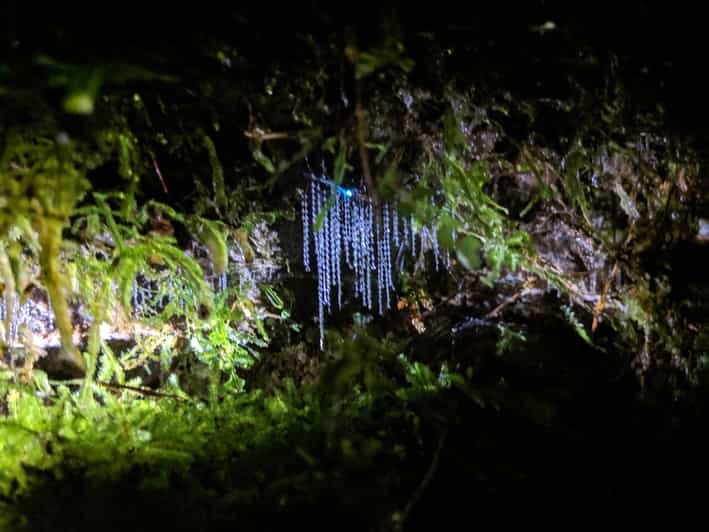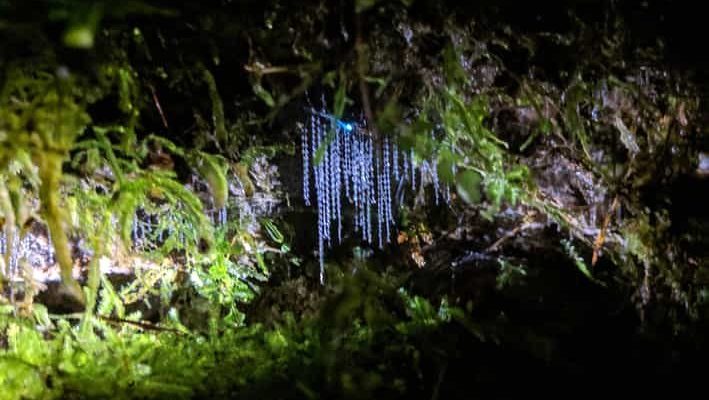
Glow worms are not only beautiful; they’re also a sign of a healthy ecosystem. If you’ve ever wondered how to attract them or what they need to thrive, let’s dive in. We’ll explore everything from their habitat preferences to their unique life cycles, and how you can create an inviting space for these glowing wonders right in your backyard.
What Are Glow Worms?
Glow worms might seem like enchanting little fireflies, but they’re actually a type of beetle larva. The females are the ones that glow, using their soft, glowing bodies to attract males. This glowing is caused by a chemical reaction called bioluminescence, much like what you see in some deep-sea creatures. If you think of them as nature’s own night lights, it makes sense why they capture our imagination.
These critters thrive in specific environments. They prefer moist, shaded areas near water sources like ponds and streams. When conditions are just right, you might find them nestled among the vegetation, where they can hunt for food and glow their enchanting light. They love a good meal of soft-bodied insects, which they catch using sticky silk threads they spin. Yes, they’re like little glowing spiders!
Why Glow Worms Matter for Your Backyard Ecosystem
You might be wondering, “Why should I care about glow worms in my pond?” Well, glow worms are more than just pretty lights; they play an important role in the ecosystem. Their presence often indicates a healthy environment, which benefits other wildlife as well. When glow worms thrive, it usually means they have a good food supply and a clean habitat, which can help maintain balance in your pond.
Additionally, glow worms help control insect populations. By feeding on soft-bodied pests, they assist in keeping those populations in check. This way, you can enjoy your evenings by the pond without being bothered by pesky mosquitoes. The more diverse the wildlife, the healthier your pond will be!
How to Attract Glow Worms to Your Pond
If you’re eager to welcome glow worms into your backyard, creating the right conditions is key. Here are a few steps to get you started:
- Keep Your Pond Clean: Regularly remove debris and maintain clear water. This creates a suitable habitat for glow worms.
- Add Native Plants: Incorporate native vegetation around the pond’s edge. Plants like ferns, reeds, and sedges provide shelter and help retain moisture.
- Limit Light Pollution: Glow worms need dark environments to thrive. Consider minimizing artificial lighting near the pond, especially during their peak activity times.
By focusing on these factors, you’ll create a cozy haven for glow worms, turning your pond into an inviting spot for these magical insects.
Creating the Perfect Habitat for Glow Worms
Designing a glow worm-friendly habitat involves more than just adding plants. You also want to ensure that your pond has the right moisture levels and shelter. Here’s what to consider:
- Water Quality: Keep the water free from pollutants and chemicals. Using natural filtration methods can help keep it fresh and clean.
- Moisture Control: Glow worms thrive in humid conditions, so it’s good to have areas where water can pool and stay damp.
- Natural Cover: Add rocks, logs, and leaves around the pond to provide cover. This not only shelters glow worms but also creates a more natural look.
By considering these elements, you’ll give glow worms a safe place to live and reproduce, contributing to your pond’s overall ecosystem.
The Life Cycle of Glow Worms
Understanding the life cycle of glow worms can deepen your appreciation for them. It all starts with eggs that the female lays near a food source. After hatching, the larvae emerge, and it’s at this stage that they begin to glow in the dark, which is truly magical!
These larvae will spend a good part of their lives—often up to a year—growing and hunting. They use their bioluminescence to attract meals, and once they reach maturity, they will pupate. This transformation is similar to what happens with butterflies and can be quite fascinating to observe. After emerging as adults, the males will fly off in search of females, beginning the cycle anew.
Common Problems Glow Worms Face
Like any living creature, glow worms face challenges, especially as habitats change. Here are some common issues they encounter:
- Habitat Destruction: Urban development and pollution can severely impact their populations. Maintaining a natural pond environment is crucial.
- Pesticide Use: Chemicals meant to control pests can harm glow worms and their food sources. Opt for natural alternatives whenever possible.
- Climate Change: Changing weather patterns can affect moisture levels and food availability, putting stress on glow worm populations.
Being mindful of these problems can help you take steps to protect glowing beauties in your backyard.
Celebrate Glow Worms in Your Backyard
Once you’ve created a suitable environment, take time to enjoy the beauty of glow worms. Host a backyard gathering at dusk, inviting friends and family to experience the enchanting glow together. You can also set up a small outdoor seating area where you can relax and watch the glow worms light up your pond as the sky darkens.
It’s a fantastic way to connect with nature and share the magic of your backyard pond. Plus, you’ll foster a sense of appreciation for these small wonders and the ecosystem they help sustain.
In conclusion, glow worms can truly enhance your backyard pond experience. By understanding their needs and creating a welcoming environment, you invite not just beauty but also balance into your outdoor space. So go ahead, nurture these tiny glow-in-the-dark marvels, and watch your backyard transform into a dazzling nighttime wonderland!

